Spot-on physical comedy, stunningly creative design, and a love dodecahedron. This is what viewers should expect from this year’s fall play, “A Midsummer Night’s Dream.” Jessica Murray, director, Jon Ares, set and light designer, Annie Kaiser, costume designer, and the show’s very talented cast, interpret the classic Shakespeare comedy of errors with imagination and expertise. The result was a hilarious and ridiculously fun play which was almost impossible not to enjoy.
“Midsummer” is about three groups of people: first, there are the lovers, members of the Victorian elite caught in a love-and-marriage drama. Hermia (Emily Axelrod, senior) and Lysander (Brad Stone, junior) are in love, but Hermia is arranged to marry Demetrius (Josh Daniel, senior). If she does not marry Demetrius, Hermia could be sentenced to death. Hermia’s friend, Helena (Caroline Hitesman, senior) is desperately in love with Demetrius, but Demetrius refuses her love. The four of them run into the forest, Hermia and Lysander eloping, and Helena chasing after Demetrius.
Things become even more complicated when the audience is introduced to the faeries. The faerie king, Oberon (Ryan Pierson, senior) is in a child custody battle with the queen, Titania (Ashley Welp, senior). Oberon sends his servant, the mischievous Puck (Thomas Olson, senior) to retrieve a flower that, when applied to Titania’s eyes while she sleeps, will make her fall madly in love with him and coerce her into letting him have the child. However, Puck decides to mess with the lovers using the flower, causing both Lysander and Demetrius to fall in love with Helena and confusing both the women.
The third group in “Midsummer” is the mechanicals. These are working class, amateur actors trying to put on a show for the Duke Theseus (Michael Skozcylas, senior) and his newlywed wife, Hippolyta (Melissa Cozzi, junior). One of these actors, Bottom (William Sturtevant, senior), has his head turned into a donkey’s head by Puck, and Titania, under the spell of the love flower, falls in love with him on sight.
The mess between the lovers culminates in a spectacular stage combat scene between the four lovers, where these elite young men and women are reduced to their corsets and petticoats and nearly claw each other’s eyes out. The scene was so well-choreographed that it was one of about three individual scenes that received applause. The problem is resolved in the end when Oberon scolds Puck into using the love flower to pair all the right people together.
The story ends with the play-within-a-play put on by the mechanicals, then with a monologue from Puck asking that if the audience did not enjoy the play, they should believe it was all just a dream.
West Linn’s Theatre Department did a spectacular job with this classic play. The comedy – physical, situational, across the board – was simply spot-on; it had the audience roaring with laughter. The comedy, along with the whole show, was made accessible to the audience in a fantastic way. Shakespeare has a reputation for being misunderstood by modern audiences due to the language barrier between old and new English. However, the cast and crew did a wonderful job of making the plot, characters, and much of the text understandable. The expertise of the actors and the intimacy of the staging in the black box made the audience feel comfortable in the theater and confident in their understanding of the characters.
The design of the play was very unique, which helped establish the charm and openness of the production. “Midsummer” was framed with a “steampunk” theme, where Victorian clothing styles are mixed with mechanics and technology. This anachronistic style was used in the costuming – for example, Quince’s (Ailish Duff, senior) corset was fastened with wingnuts – and the stage design – for example, one of the most visible elements of the set was a giant gear. It effectively brought a unique “spin” to the Shakespeare play and clearly established a mood of quirky antiquity. It brought a fun atmosphere to a fun play.
I applaud Murray for her expert direction, Ares and Kaiser for their clever designs, and the cast of “Midsummer” for putting on a fantastic show. The production was not only entertaining, but showed a clear understanding of the text that the audience could then take. It is a challenge to make Shakespeare accessible to a wide audience, such as a high school, and our theatre department definitely achieved this.




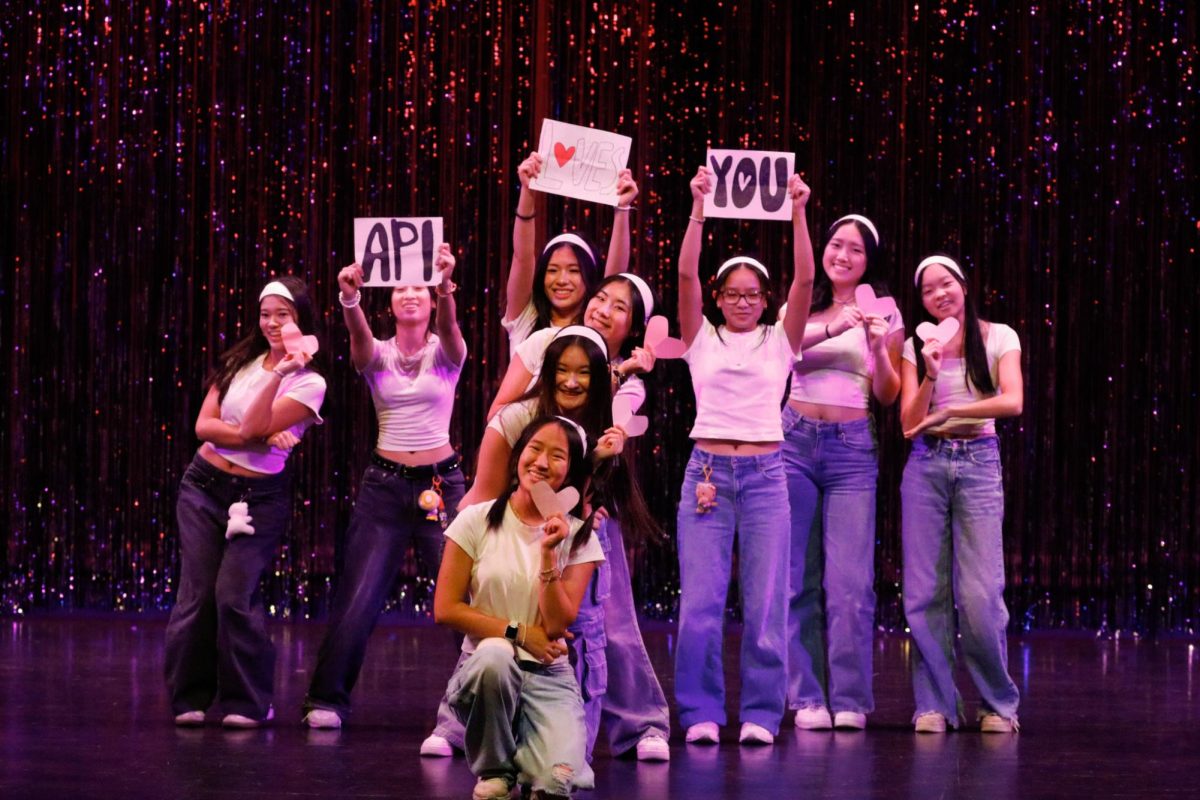
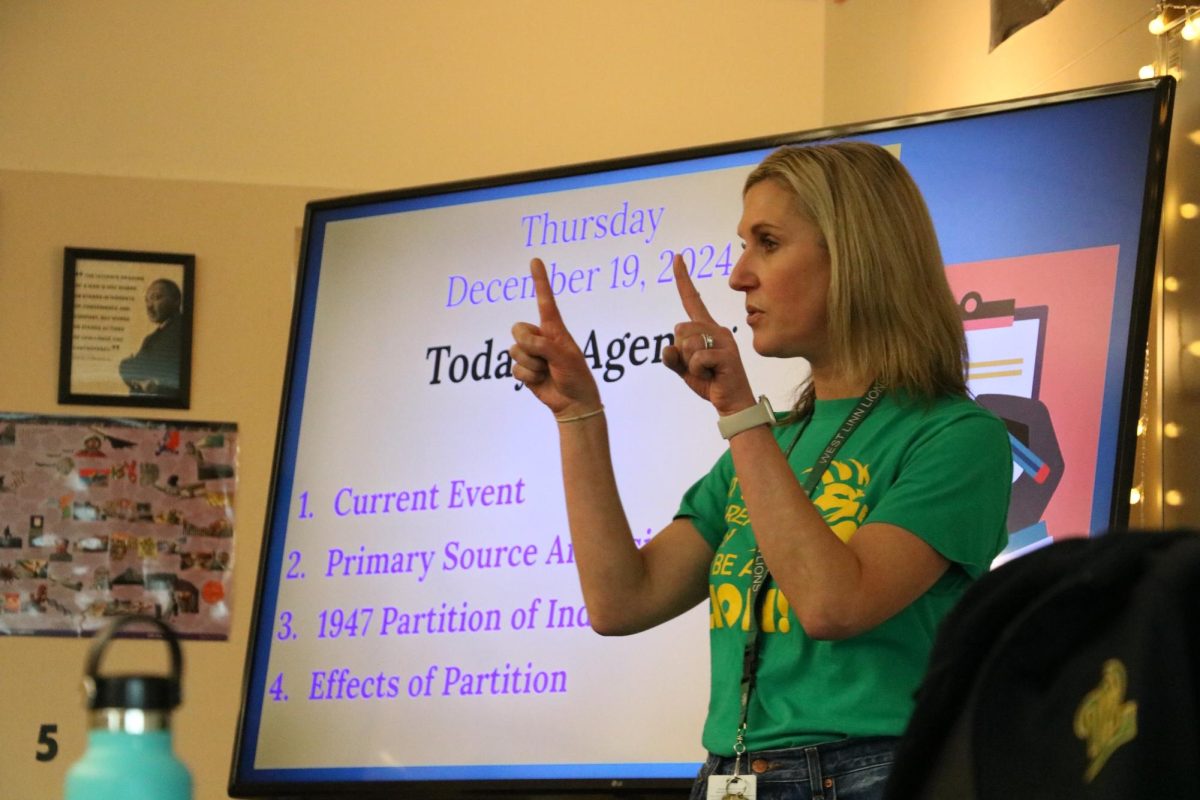




















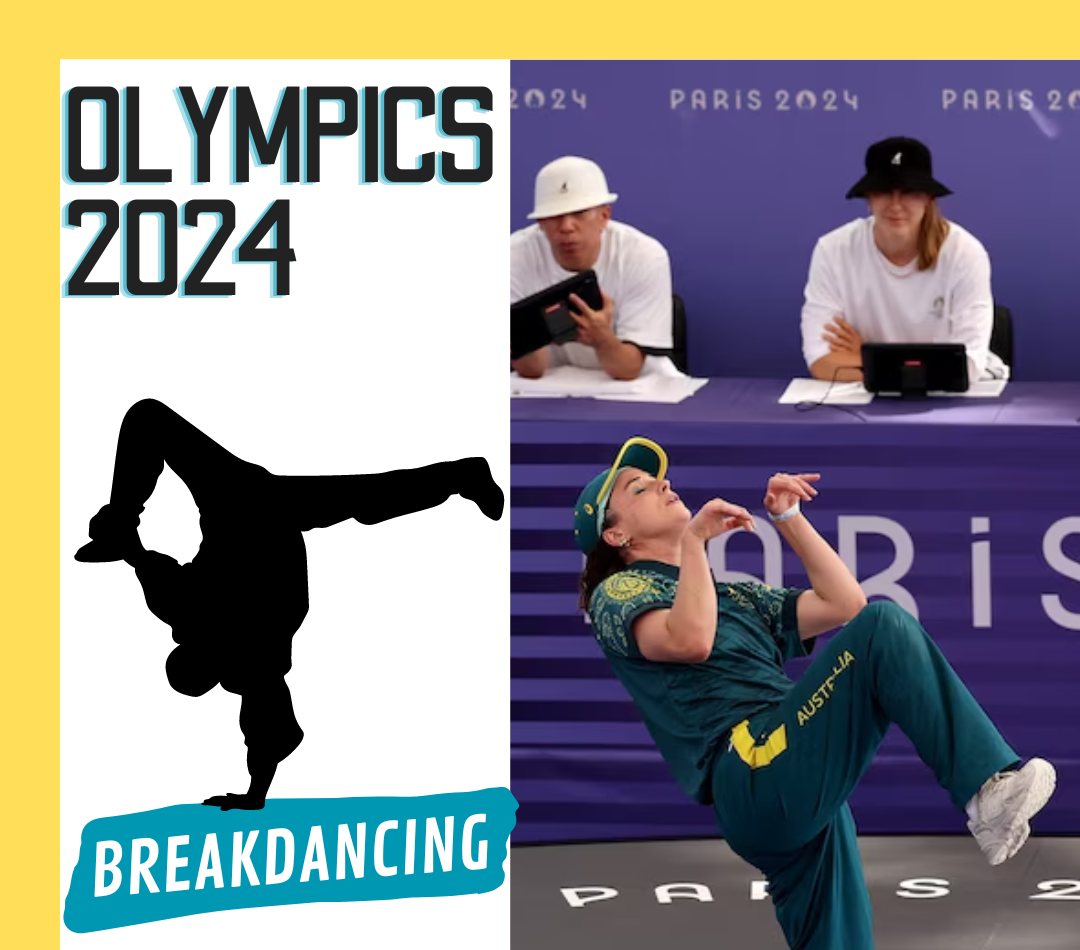






















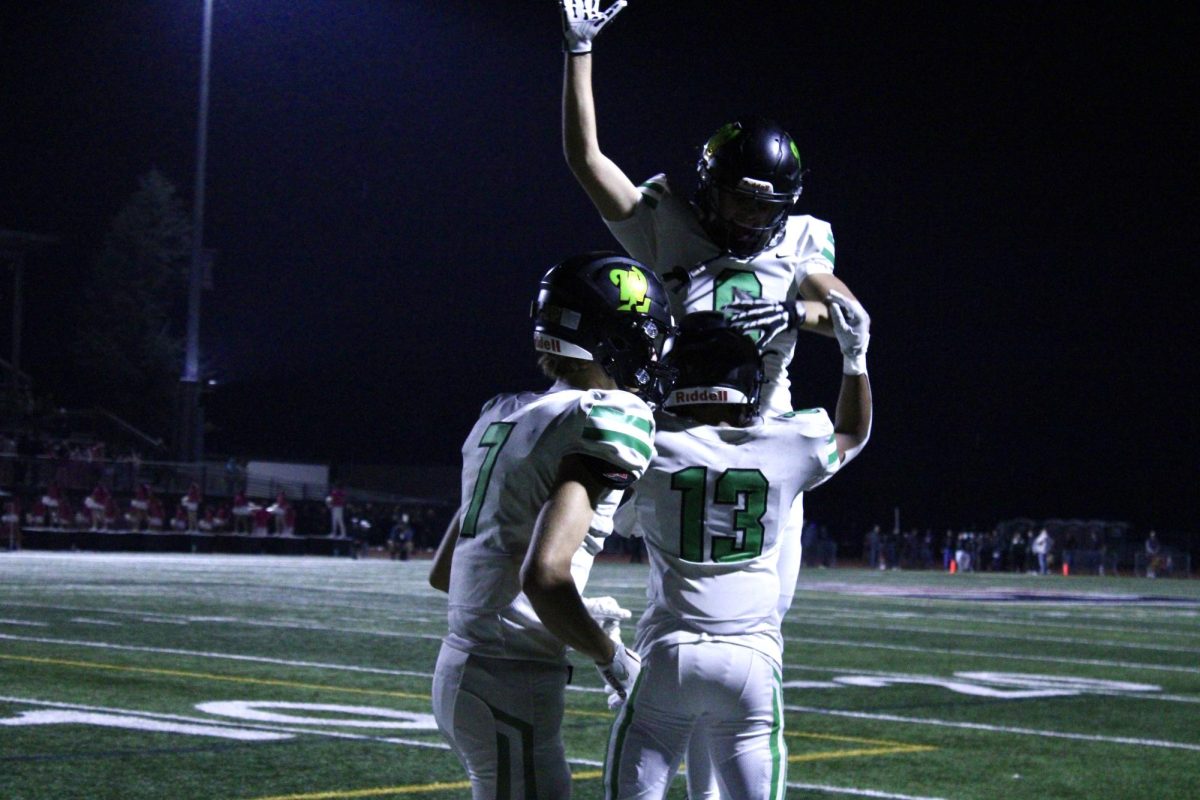






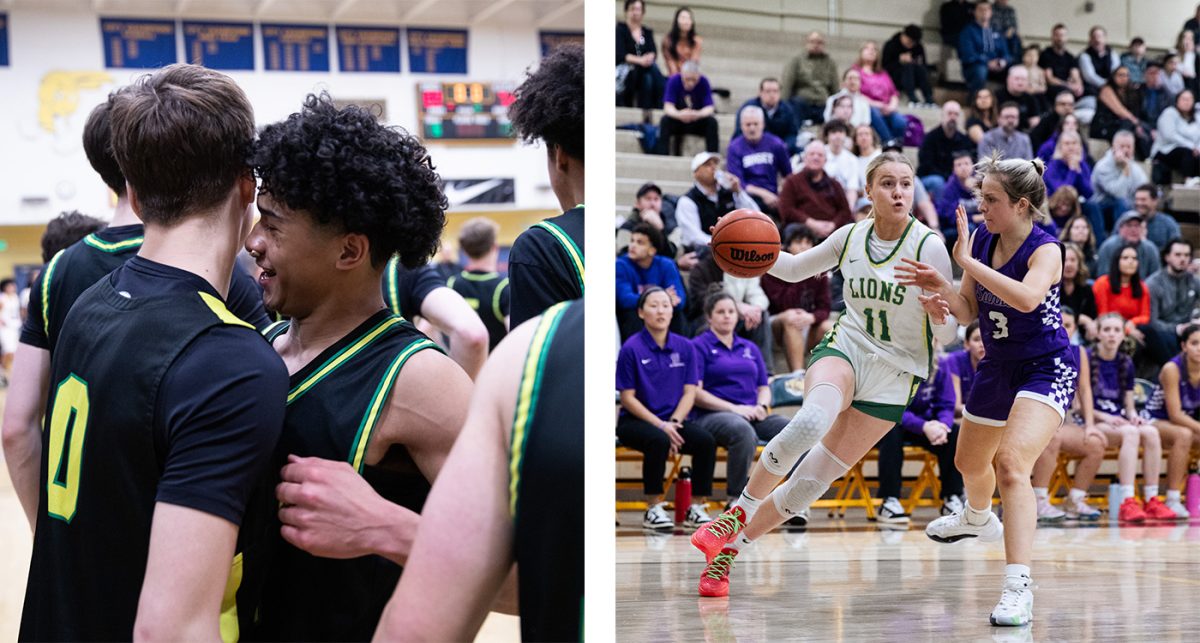
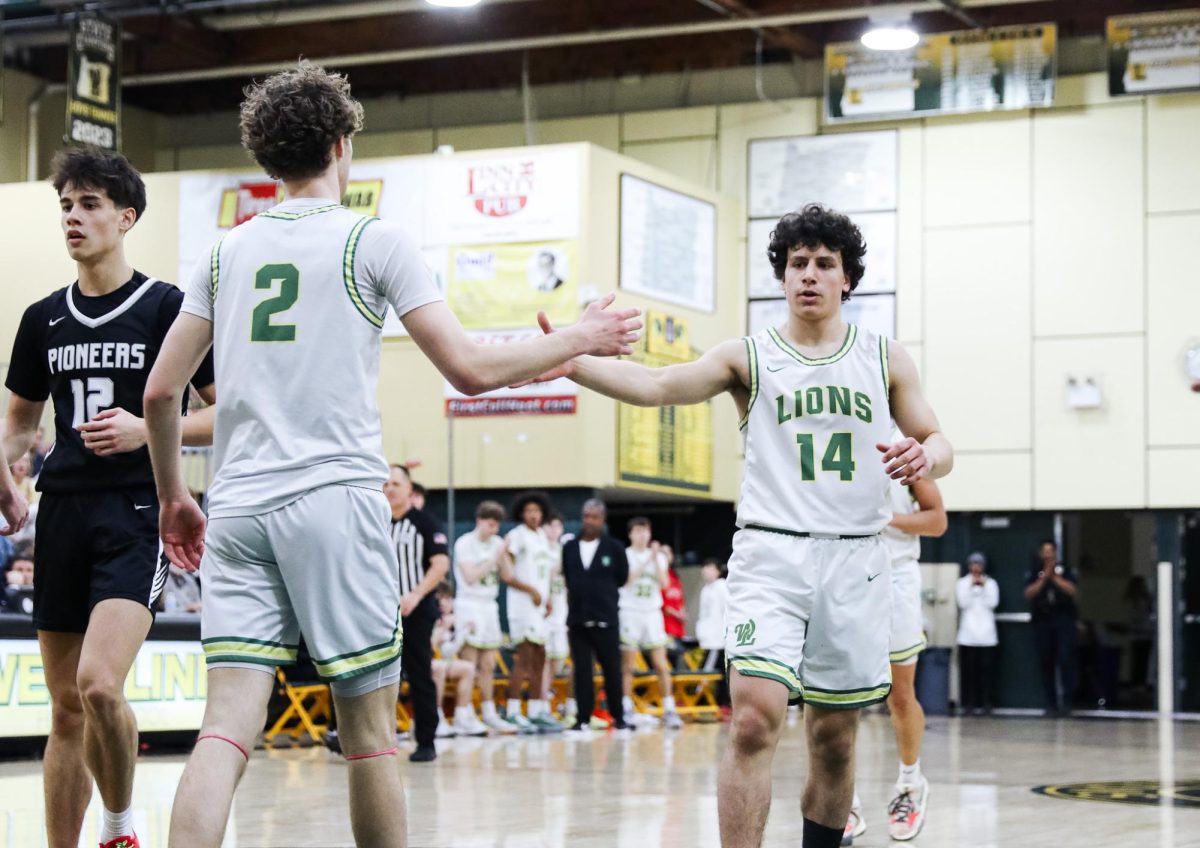

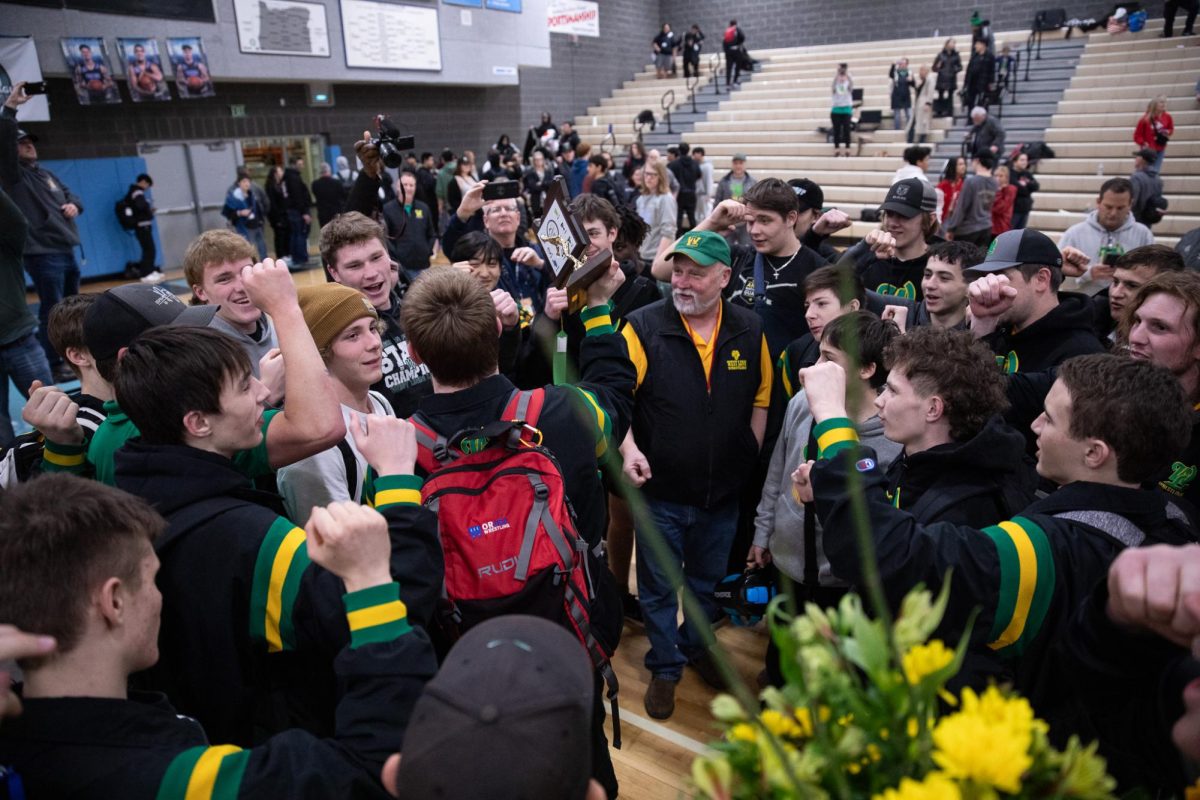


![At the bottom of the third inning, the Lions are still scoreless. Rowe stands at home plate, preparing to bat, while Vandenbrink stands off to the side as the next batter up. Despite having the bases loaded, the team was unable to score any runs. “It’s just the beginning of the season. We’re just going to be playing out best by June, [and] that’s where champions are,” Rowe said.](https://wlhsnow.com/wp-content/uploads/2024/03/IMG_3077-1200x900.jpg)




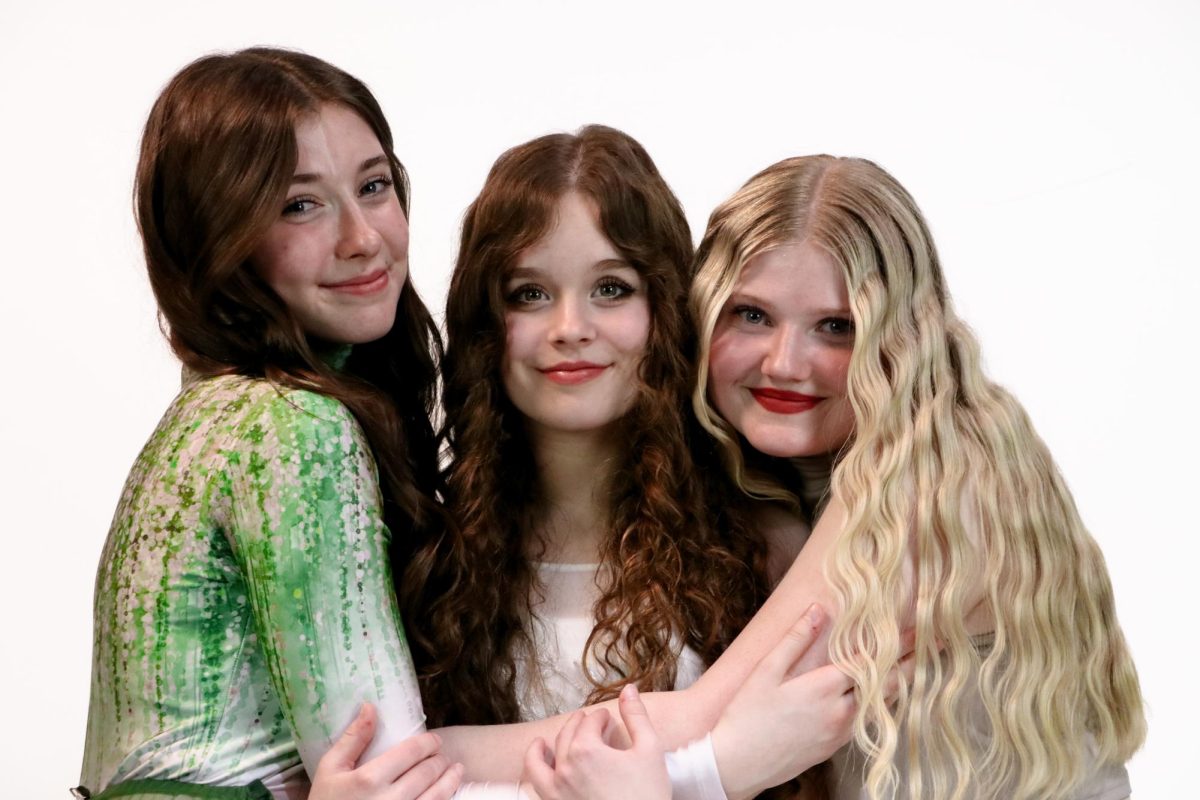
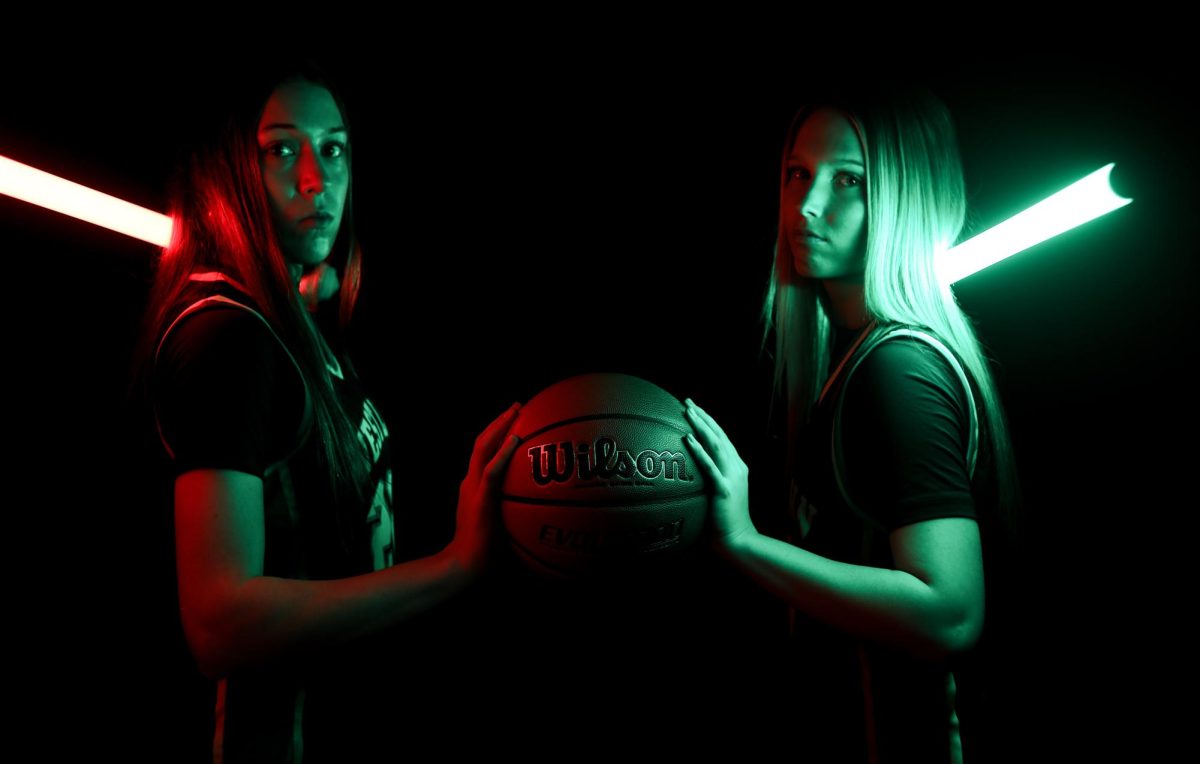
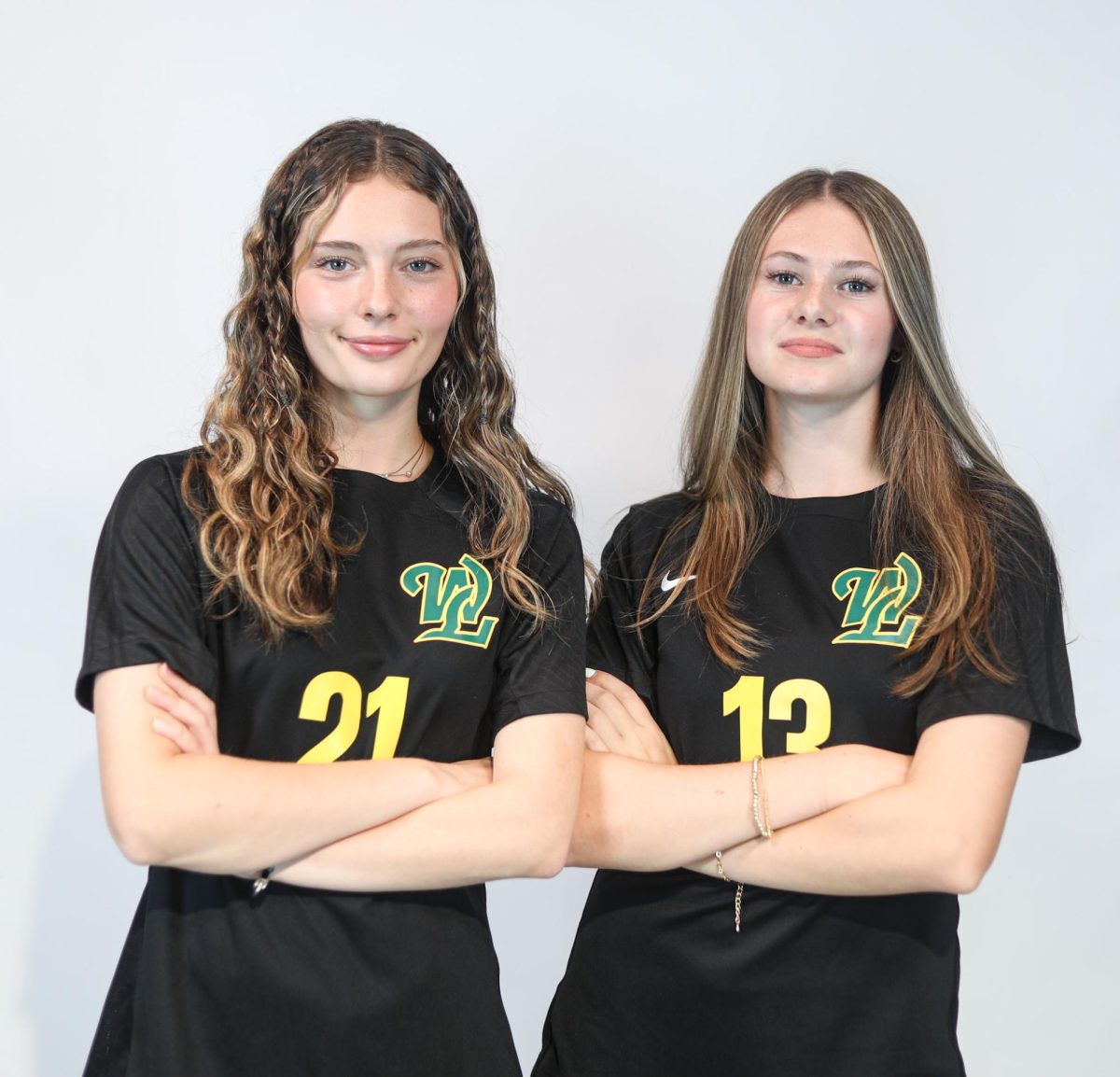































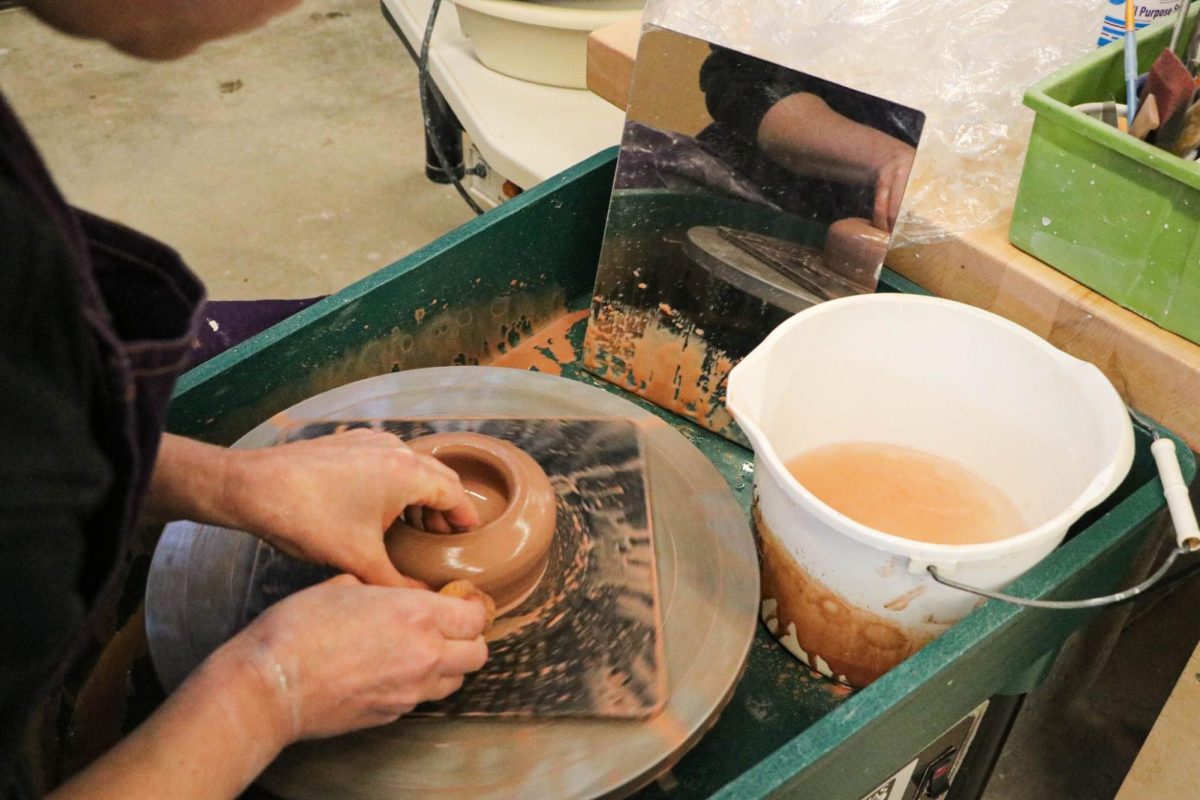
![All smiles. The group poses for a photo with last year’s book, “This is Our House,” along with their award for third Best in Show. Meikle, who was an Editor-in-Chief for the yearbook last year as well, holds both and stands at the center of the group. “That was an amazing feeling, going and grabbing the third place award,” Meikle said. “All of it paid off. I cried so much over that book, being able to receive [the award] was one of the highlights of my high school career, it was like the coolest thing ever.”](https://wlhsnow.com/wp-content/uploads/2024/11/8bookpose_philly-1200x800.jpg)













